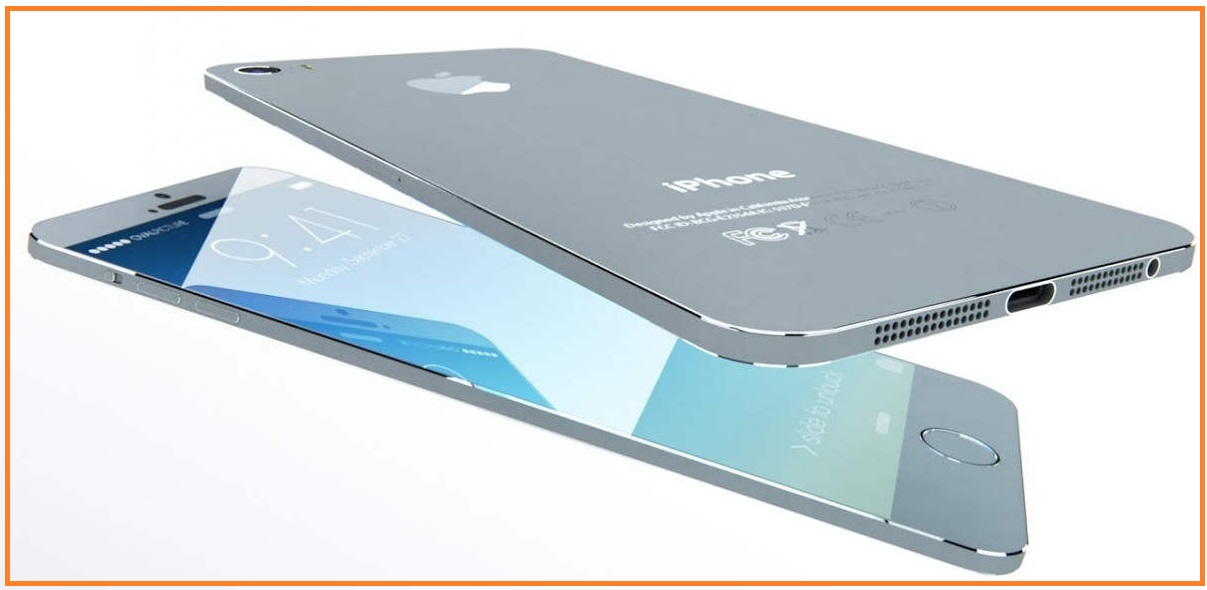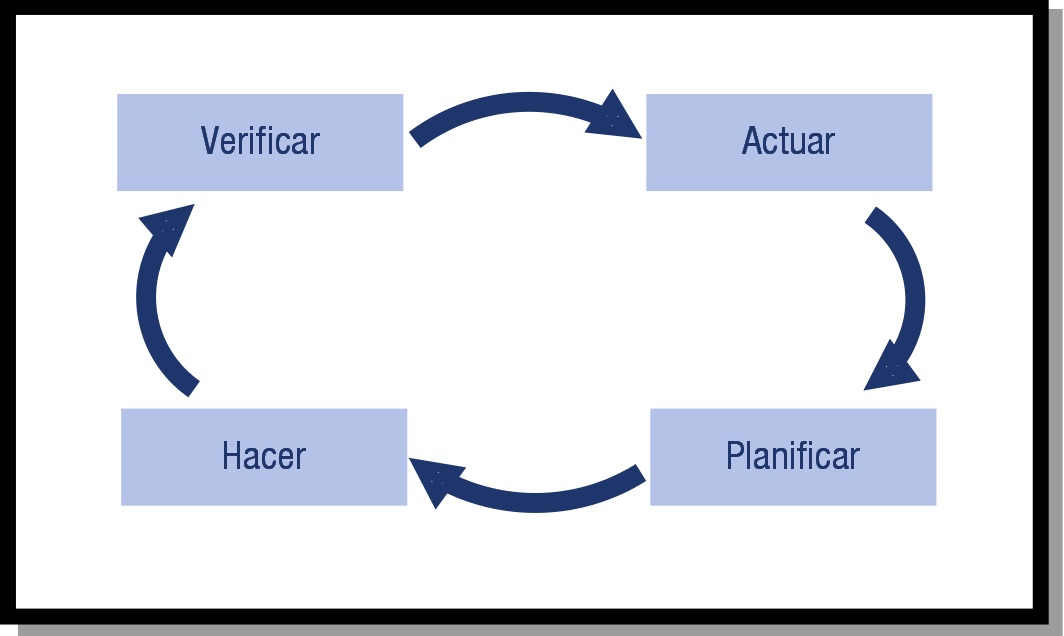Caso práctico
Cuando decimos que un producto o un servicio tiene alta calidad, cada uno de nosotros pensamos en un conjunto de atributos que no tienen el mismo peso para cada uno de nosotros. Hay quien da más importancia a la relación calidad.precio, otros al prestigio de la marca, otros al cumplimiento de las especificaciones técnicas que anuncian, a veces hasta estamos influidos por la simpatía del comercial que nos ha vendido un producto. Aquí tienes algunas ideas de un artículo de la Universidad checa de Brno.
The definition of quality depends on the role of the people defining it. Most consumers have a difficult time defining quality, but they know it when they see it. For example, although you probably have an opinion as to which manufacturer of smartphone provides the highest quality, it would probably be difficult for you to define your quality standard in precise terms. Also, your friends may have different opinions regarding which smartphones are of highest quality. The difficulty in defining quality exists regardless of product, and this is true for both manufacturing and service organizations. Think about how difficult it may be to define quality for products such as airline services, child day-care facilities, college classes, or even Operation&Maintenance textbooks. Further complicating the issue is that the meaning of quality has changed over time. Today, there is no single universal definition of quality. Some people view quality as “performance to standards.”Others view it as “meeting the customer’s needs” or “satisfying the customer.” Let’s look at some of the more common definitions of quality.
- Conformance to specifications measures how well the product or service meets the targets and tolerances determined by its designers. For example, the dimensions of a machine part may be specified by its design engineers as 3,05 inches. This would mean that the target dimension is 3 inches but the dimensions can vary between 2,95 and 3,05 inches. Similarly, the wait for hotel room service may be specified as 20 minutes, but there may be an acceptable delay of an additional 10 minutes. Also, consider the amount of light delivered by a 60 watt light bulb. If the bulb delivers 50 watts it does not conform to specifications. As these examples illustrate, conformance to specification is directly measurable, though it may not be directly related to the consumer’s idea of quality.
- Fitness for use focuses on how well the product performs its intended function or use. For example, a Mercedes Benz and a Jeep Cherokee both meet a fitness for use definition if one considers transportation as the intended function. However, if the definition becomes more specific and assumes that the intended use is for transportation on mountain roads and carrying fishing gear, the Jeep Cherokee has a greater fitness for use. You can also see that fitness for use is a user-based definition in that it is intended to meet the needs of a specific user group.
- Value for price paid is a definition of quality that consumers often use for productor service usefulness. This is the only definition that combines economics with consumer criteria; it assumes that the definition of quality is price sensitive.For example, suppose that you wish to sign up for a personal finance seminar and discover that the same class is being taught at two different colleges at significantly different tuition rates. If you take the less expensive seminar, you will feel that you have received greater value for the price.
- Support services provided are often how the quality of a product or service is judged. Quality does not apply only to the product or service itself; it also appliesto the people, processes, and organizational environment associated with it. For example, the quality of a university is judged not only by the quality of staffand course offerings, but also by the efficiency and accuracy of processing paperwork.
- Psychological criteria is a subjective definition that focuses on the judgmental evaluation of what constitutes product or service quality. Different factors contribute to the evaluation, such as the atmosphere of the environment or the perceived prestige of the product. For example, a hospital patient may receive average health care, but a very friendly staff may leave the impression of high quality. Similarly, we commonly associate certain products with excellence because of their reputation; Rolex watches, Apple smartphones and Mercedes-Benz automobiles are examples. Artículo de proyecto europeo de la Universidad de Brno

